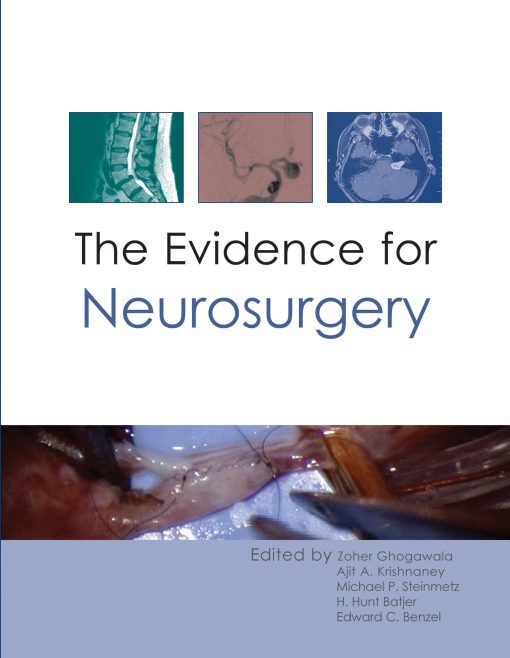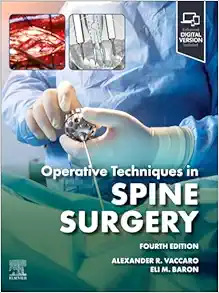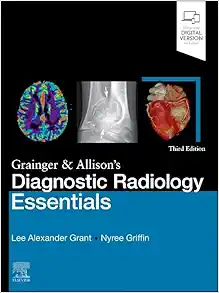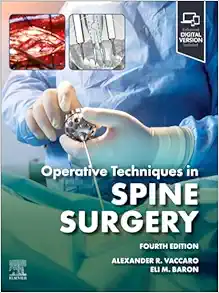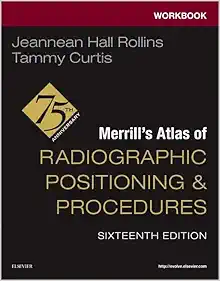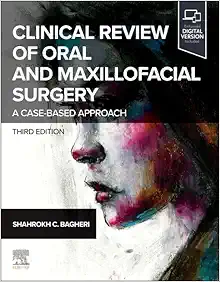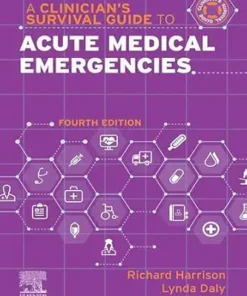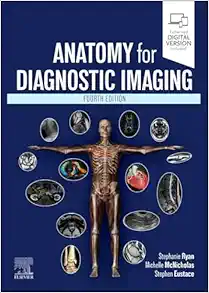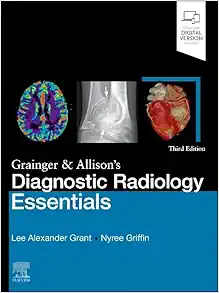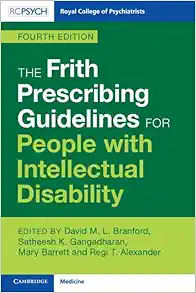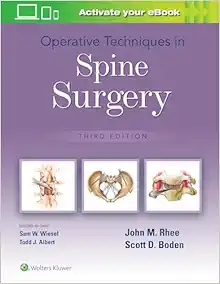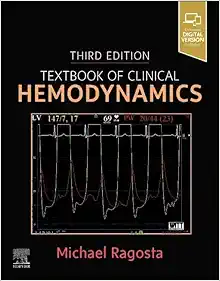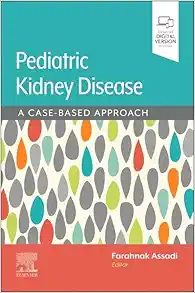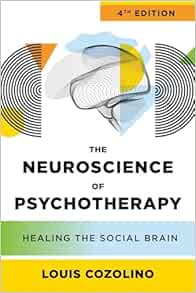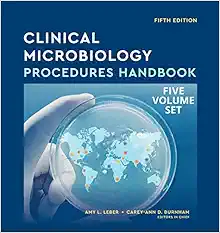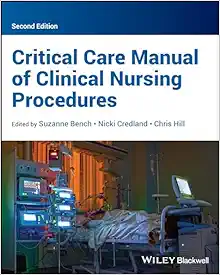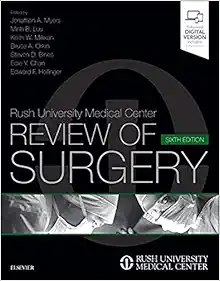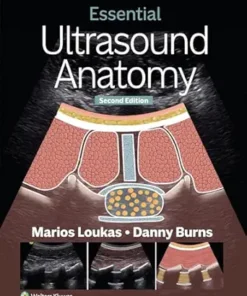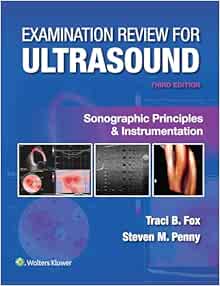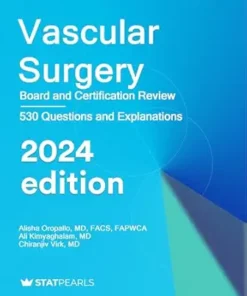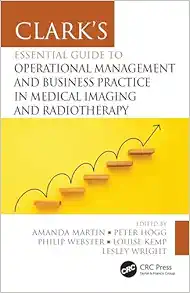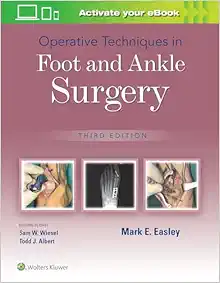The Evidence for Neurosurgery (EPUB Book)
5 $
Format : EPUB
File Size : 15.1 MB
“The Evidence for Neurosurgery” by Zoher Ghogawala is a comprehensive textbook that discusses the scientific evidence behind various treatments in neurosurgery. It challenges established beliefs in the field and covers all major aspects of neurosurgery. The book is recommended for neurosurgeons, residents, medical students, and researchers. It blends evidence-based medicine with practical surgical concerns and is highly praised for its thought-provoking nature. The book was published in 2012 by TFM Publishing Ltd and is available in English. The ISBNs for the book are 9781903378793 and 9781908986771.
The Evidence for Neurosurgery (EPUB Book)
Introduction to Neurosurgery
Neurosurgery is a specialized field of medicine that focuses on the surgical treatment of disorders affecting the nervous system, including the brain, spine, and peripheral nerves. This field is constantly evolving, and new techniques and technologies are being developed to improve patient outcomes. The textbook, “Evidence for Neurosurgery,” aims to examine some of the most controversial areas of neurological surgery by applying current evidence to illuminate our understanding of the field . This book covers spinal, cranial, and peripheral nerve surgeries, providing a comprehensive overview of the field .
The history of neurosurgery dates back to ancient times, with trepanation being one of the earliest known surgical procedures performed on the skull . Over time, the field has evolved and expanded, with new techniques and technologies being developed to improve patient outcomes. A better understanding of the history of neurosurgery provides insight into where the field originated and the directions it may go in the future .
Evidence-based medicine has become one of the pillars of modern medicine, and neurosurgery is no exception. Evidence-based neurosurgery integrates clinical and surgical expertise and judgment, patient preferences and values, clinical circumstances, and the best available evidence to make informed decisions about patient care . The textbook, “Evidence for Neurosurgery,” aims to provide a comprehensive overview of the current evidence in the field and its application to clinical practice . The evidence-based approach to neurosurgery ensures that patients receive the best possible care based on the most up-to-date knowledge and research in the field .
Common Neurosurgical Procedures
Craniotomy and craniectomy are common neurosurgical procedures that involve removing a part of the skull to access the brain for various intracranial procedures. A craniotomy involves temporarily removing a part of the skull to access the brain, while a craniectomy involves removing a part of the skull permanently . The Kempe incision for craniectomy or craniotomy is a safe and effective alternative to the traditional RQM approach . Decompressive craniectomy has become a definitive surgical procedure to manage medically intractable rise in intracranial pressure . Hinge craniotomy is a technique that allows for a degree of decompression while retaining the bone flap in situ . The choice of procedure depends on the specific needs of the patient and the condition being treated .
Spinal surgery is another common neurosurgical procedure that involves the treatment of various spinal conditions. The aim of spinal surgery is to relieve pain, restore function, and prevent further damage to the spine. Spinal deformity surgery is often performed in patients with cerebral palsy to improve their quality of life . Surgical treatment of traumatic spinal injuries is also common, with over 6,000 cases reviewed in one study . Evidence-based neurosurgery integrates clinical and surgical expertise with the best available evidence for treatments and their complications . A comprehensive understanding of the patient’s condition and the available treatment options is essential for successful spinal surgery .
Deep brain stimulation is a neurosurgical procedure that involves implanting electrodes in specific parts of the brain to regulate abnormal brain activity. DBS has the potential to offer symptom relief for various movement disorders, such as Parkinson’s disease, essential tremor, and dystonia . DBS has also been found to be effective in alleviating obsessive-compulsive disorder and comorbid depressive symptoms . DBS is a promising treatment option for various neurologic and neuropsychiatric conditions . However, the procedure is complex and requires careful patient selection and management to ensure optimal outcomes.
EvidenceBased Practice in Neurosurgery
Evidence-based practice is crucial in neurosurgery, as it provides a scientific foundation for clinical work and ensures consistency, efficiency, and effectiveness in patient care . The importance of evidence-based practice in neurosurgery cannot be overstated, as it allows for the integration of clinical expertise, patient preferences, and the best available evidence to inform decision-making . This book on the evidence for neurosurgery is an excellent resource for those seeking to implement evidence-based practices in their clinical work . It covers all phases of clinical practice, from patient assessment to diagnosis, prognosis, and treatment, providing a comprehensive guide to evidence-based neurosurgery .
There are many examples of evidence-based neurosurgical practices, including the use of endovascular therapy for ischemic stroke, the use of minimally invasive techniques for spinal surgery, and the use of intraoperative monitoring to reduce the risk of neurological deficits during surgery . The application of evidence-based practices in neurosurgery has led to significant improvements in patient outcomes and has helped to reduce the risk of complications . However, there are also challenges in implementing evidence-based practices in neurosurgery, including resistance to change, lack of access to current evidence, and difficulty in interpreting and applying evidence to individual patients .
Despite these challenges, it is essential that neurosurgeons continue to strive for evidence-based practice in their clinical work. By doing so, they can ensure that patients receive the best possible care and that outcomes are optimized . Additionally, incorporating real-world data and evidence into clinical practice can help to further improve patient outcomes and advance the field of neurosurgery . As the field of neurosurgery continues to evolve, the importance of evidence-based practice will only continue to grow, making it essential for neurosurgeons to stay up-to-date on the latest evidence and incorporate it into their clinical decision-making .
Complications and Risks of Neurosurgery
Neurosurgery is a complex and delicate medical procedure that carries certain risks and potential complications. Common complications of neurosurgery include brain edema, seizures, postoperative hemorrhage, and cerebral ischemia, which can lead to neurologic decline . Intra- and postoperative complications of brain, spine, and peripheral nerve surgery are discussed in detail in the book “Evidence for Neurosurgery Effective Procedures and Treatment” . However, despite the potential risks, neurosurgery remains an important and effective treatment option for many neurological disorders .
Risks associated with neurosurgery include infection, bleeding, and damage to surrounding tissues. In rare cases, transmission of infectious diseases such as Creutzfeldt-Jakob disease may occur . To reduce the risk of complications, neurosurgeons use advanced imaging techniques and surgical instruments that minimize tissue damage and improve surgical precision . Additionally, preoperative evaluation and careful patient selection can help identify those who are at higher risk for complications .
Strategies for reducing complications and risks associated with neurosurgery include evidence-based practice and clinical expertise . Evidence-based neurosurgery integrates clinical/surgical expertise and judgment, patient preferences and values, clinical circumstances, and the best available evidence . Furthermore, promoting a healthy lifestyle and addressing underlying medical conditions can also help reduce the risk of complications and improve surgical outcomes . With careful consideration and proper management of potential risks, neurosurgery can be a safe and effective treatment option for many neurological conditions .
Future of Neurosurgery
The future of neurosurgery is exciting, thanks to advancements in technology that are transforming the field. Surgeons are utilizing adjuncts such as intraoperative imaging, fluorescence-guided surgery, and awake craniotomy to achieve optimal outcomes in glioma surgery . In addition, rapid training programs and novel mechanisms for delivering care are expanding access to neurosurgical procedures in rural areas . Furthermore, newer applications of technology are influencing the pathologic, neuroimaging, neurosurgical, and medical management of patients with neurological conditions . These advancements in technology are paving the way for more precise, efficient, and effective neurosurgical interventions.
Precision medicine is another area that holds great potential for the future of neurosurgery. Neuro-oncology, in particular, is benefiting from the convergence of surgery and precision medicine, with the advent of molecular profiling, imaging, and data analysis . Machine learning is also demonstrating significant potential in neuro-oncological care, spine surgery, epilepsy management, and other areas of neurosurgery . The integration of precision medicine into neurosurgery has the potential to personalize treatment plans for individual patients, leading to better outcomes and improved quality of life .
Collaboration is essential for the future of neurosurgery. Evidence-based neurosurgery integrates clinical/surgical expertise and judgment, patient preferences and values, clinical circumstances, and the best available evidence . In addition, collaborations between neurosurgeons, other medical specialists, and researchers are necessary for advancing the field and improving patient outcomes . Effective communication and respect among team members are also essential for providing optimal patient care and creating a positive work environment . By embracing advancements in technology, precision medicine, and collaboration, the future of neurosurgery holds great promise for improving patient outcomes and advancing the field .
Product Details
- Publisher: TFM Publishing Ltd; October 1, 2012
- Language: English
- ISBN: 9781903378793
- ISBN: 9781908986771
Related Products
Medical Book
Medical Book
Medical Book




